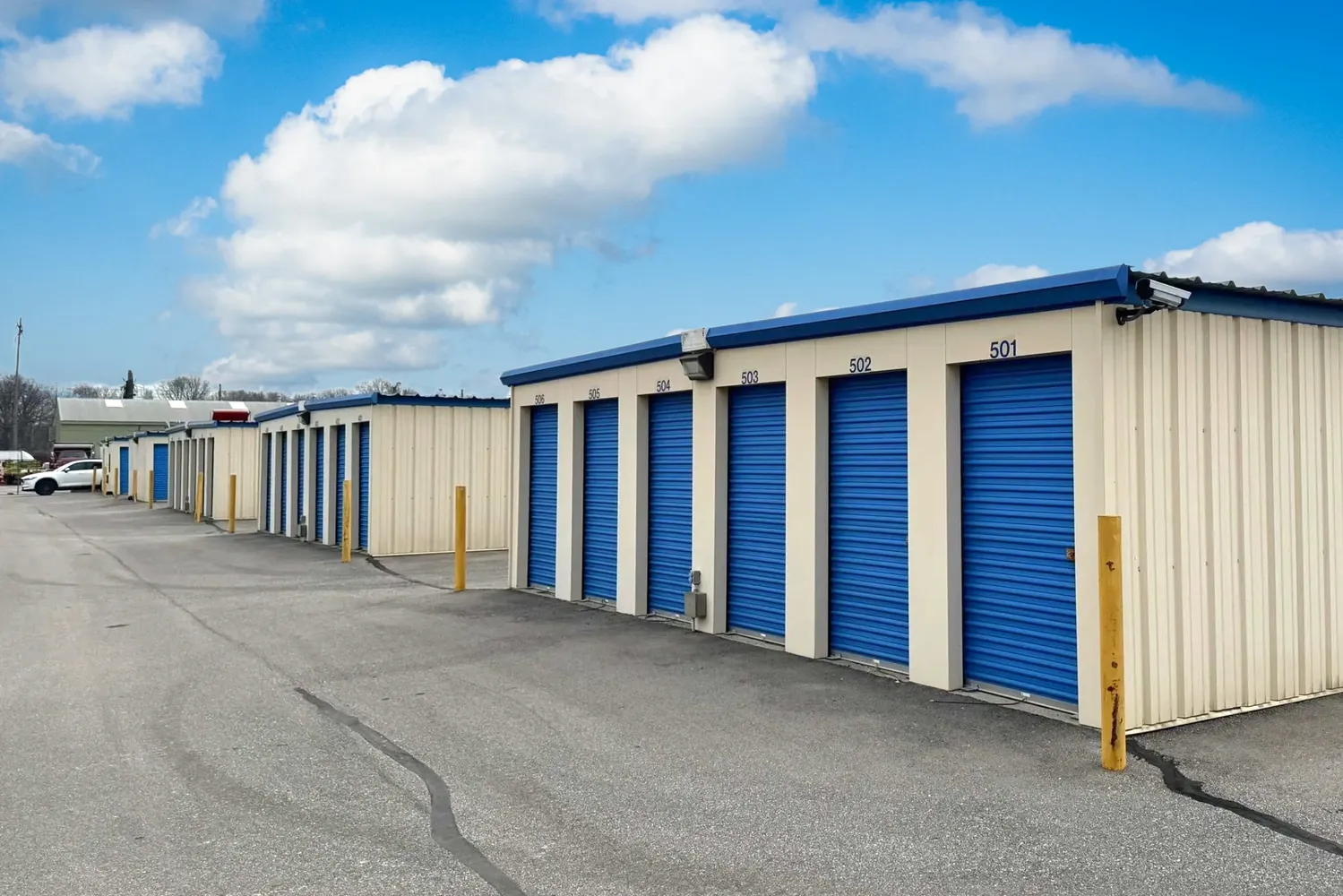How to Store Clothing in a Storage Unit: A Complete Guide
Miles Mattingly
April 20th, 2025

Storing clothing in a storage unit might seem straightforward, but if you want your items to stay fresh, clean, and damage-free, it requires a bit of planning. Whether you're storing seasonal garments, baby clothes for future use, or keeping wardrobe items safe during a move or renovation, proper clothing storage makes all the difference. In this guide, we’ll walk through the best practices for how to store clothing in a storage unit and help you avoid common mistakes.
1. Clean Everything Before You Store It
The first and most important step is to wash or dry clean all clothes before putting them in storage. Even if an item looks clean, body oils, sweat, and invisible stains can attract pests or cause long-term fabric damage.
- Wash and dry clothes thoroughly.
- Make sure items are 100% dry before packing—moisture can cause mold and mildew.
- Remove dry cleaner plastic bags; they trap moisture and can yellow fabrics over time.
2. Choose the Right Containers
The type of container you use plays a huge role in keeping your clothes in good condition.
Best options:
- Plastic bins with airtight lids: These protect against moisture, dust, and pests. Clear bins make it easy to identify contents.
- Wardrobe boxes: Great for storing hanging clothes like dresses, suits, and coats without folding or creasing.
- Vacuum-sealed bags (with caution): These save space but aren’t ideal for delicate fabrics or long-term storage. Over time, they may compress fibers and cause wrinkling.
Avoid:
- Cardboard boxes (especially if not reinforced): They absorb moisture and are prone to attracting insects or rodents.
- Trash bags: These can trap moisture and tear easily, offering little protection.
3. Use Acid-Free Tissue Paper or Garment Bags
For delicate items like wedding gowns, vintage clothing, or heirlooms, layer them with acid-free tissue paper to prevent yellowing and fiber breakdown. For hanging garments, use breathable garment bags—not plastic ones—to protect from dust while allowing airflow.
4. Label and Organize by Season or Type
Group clothes into categories—like summer, winter, kids’ clothes, or work attire—so it’s easy to find what you need later. Clearly label every bin or box, and keep an inventory if you’re storing large volumes.Tip: Place frequently accessed items near the front of the unit, and stack lighter bins on top of heavier ones.
5. Choose a Climate-Controlled Storage Unit
Clothing is particularly vulnerable to temperature and humidity changes. In a traditional unit, extreme heat can damage elastic and cause fading, while damp environments can lead to mildew and musty smells.A climate-controlled unit keeps your items in a stable environment year-round, which is crucial for:
- Leather or suede garments
- Fur coats
- Wool, cashmere, and silk items
- Shoes or accessories made of natural materials
6. Prevent Pests and Odors
Even if your unit seems secure, clothing can attract pests like moths or silverfish. To keep bugs away:
- Add cedar blocks, sachets of lavender, or mothballs (in a sealed container to avoid smell transfer) to your bins.
- Consider slipping in a dryer sheet or baking soda pouch to keep clothes smelling fresh.
- Avoid using food-related storage bins or leaving any scented or edible items nearby—these can attract unwanted guests.
7. Don’t Overpack or Compress Too Tightly
While it might be tempting to jam as much as possible into each bin or box, this can crease and damage fabrics. Allow space for airflow and avoid putting too much pressure on items at the bottom of a stack.Also, avoid hanging heavy items like winter coats for long periods—gravity can distort their shape. If you do hang clothes, use sturdy hangers and make sure they’re spaced out properly.
8. Inspect Periodically
If you're using the storage unit for the long term, check in every few months. Open a bin or two to ensure nothing is musty, damp, or infested. Rotate clothes slightly if you can, or re-fold to avoid deep creases.
Bonus Tip: Store Shoes Separately
If you’re storing shoes along with your clothing, make sure they’re cleaned and fully dry. Use original boxes or plastic containers, and consider stuffing them with acid-free paper to maintain shape. Never store dirty shoes with clean clothes—grime can transfer.
Final Thoughts
Storing clothing in storage units in Richmond, Indiana isn’t just about boxing things up and forgetting about them. Taking a few extra steps to clean, organize, and protect your clothes ensures they’ll come out looking just as good as when they went in.To recap:
- Always clean and dry garments first.
- Use airtight plastic bins or breathable garment bags.
- Opt for climate-controlled units when possible.
- Add natural pest deterrents and avoid overpacking.
Whether you're storing your wardrobe for a season or a year, a little prep goes a long way in keeping your clothes safe, clean, and ready to wear when you need them.
Categories
